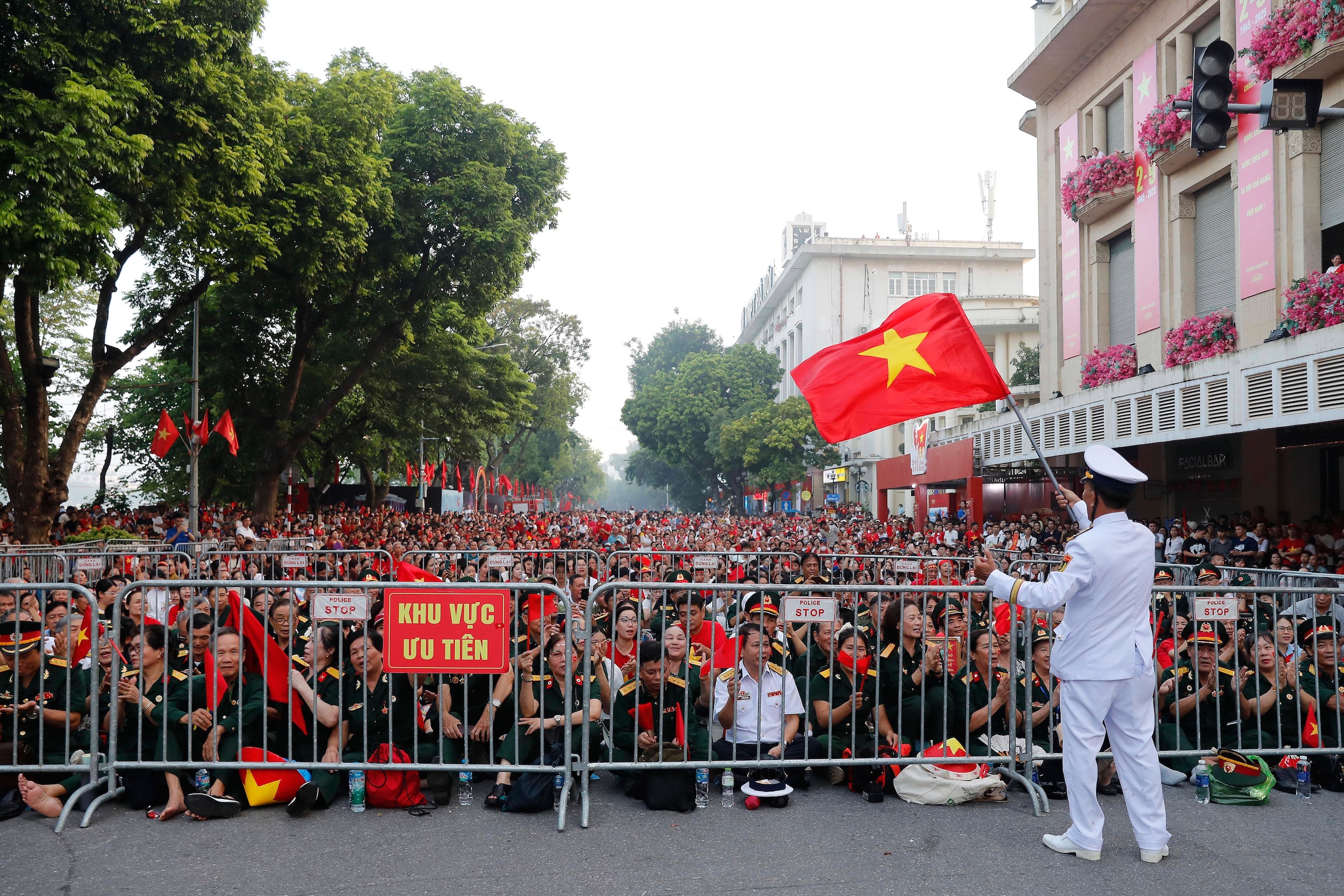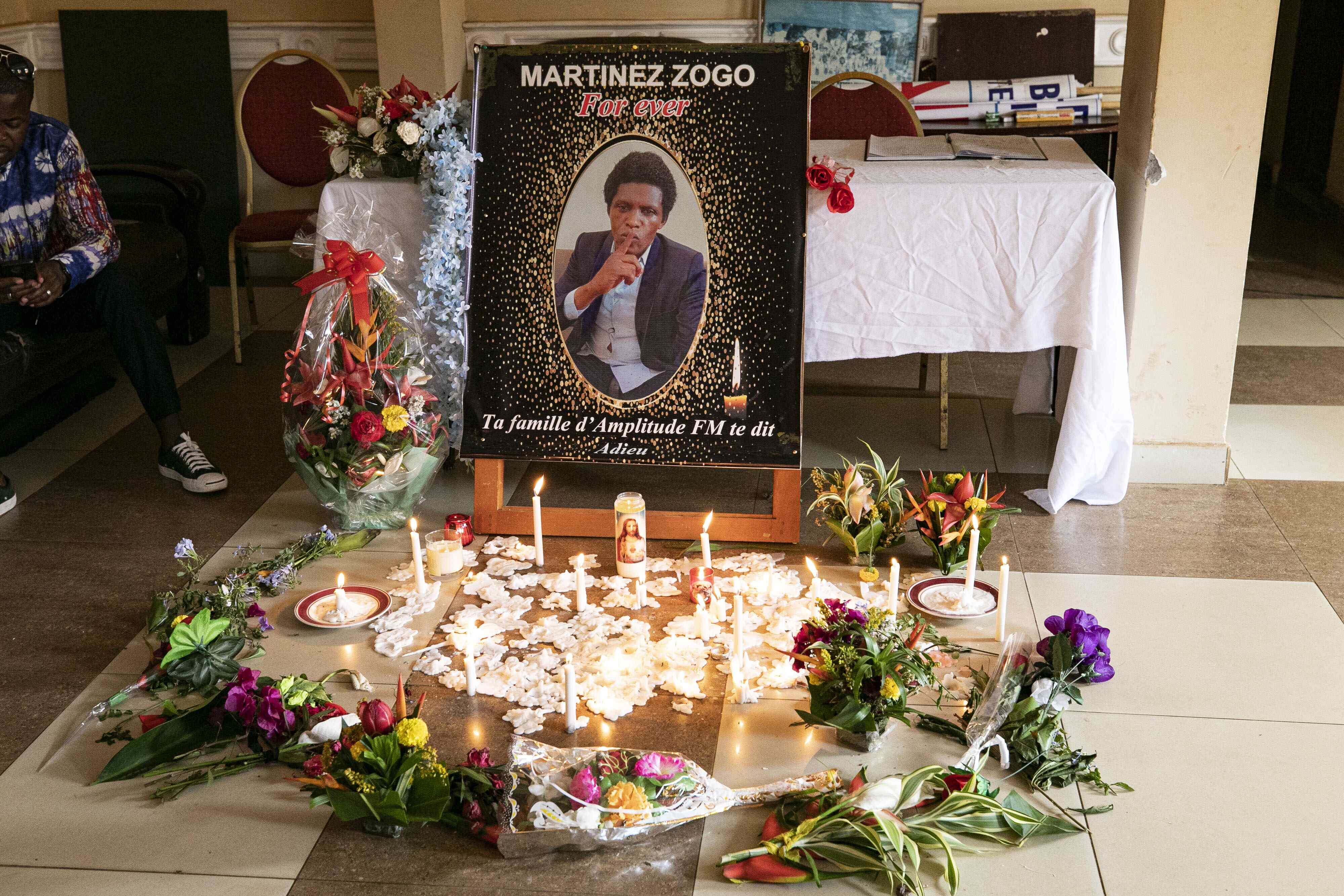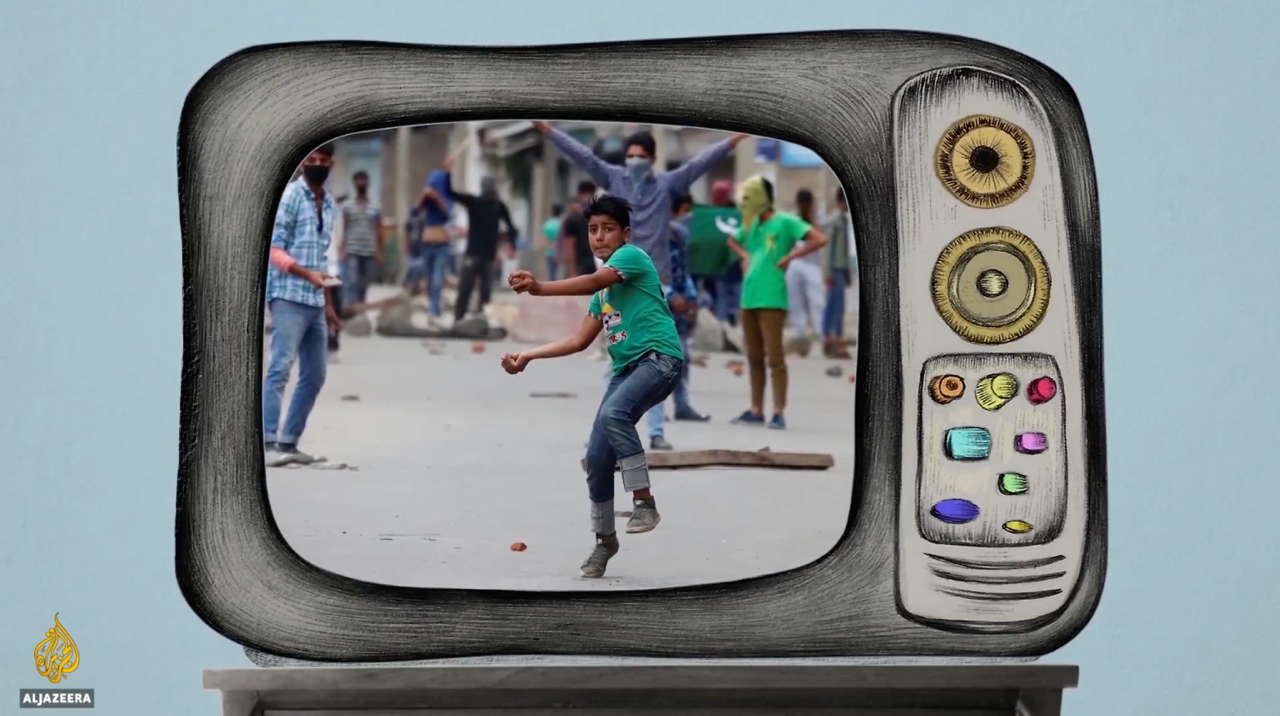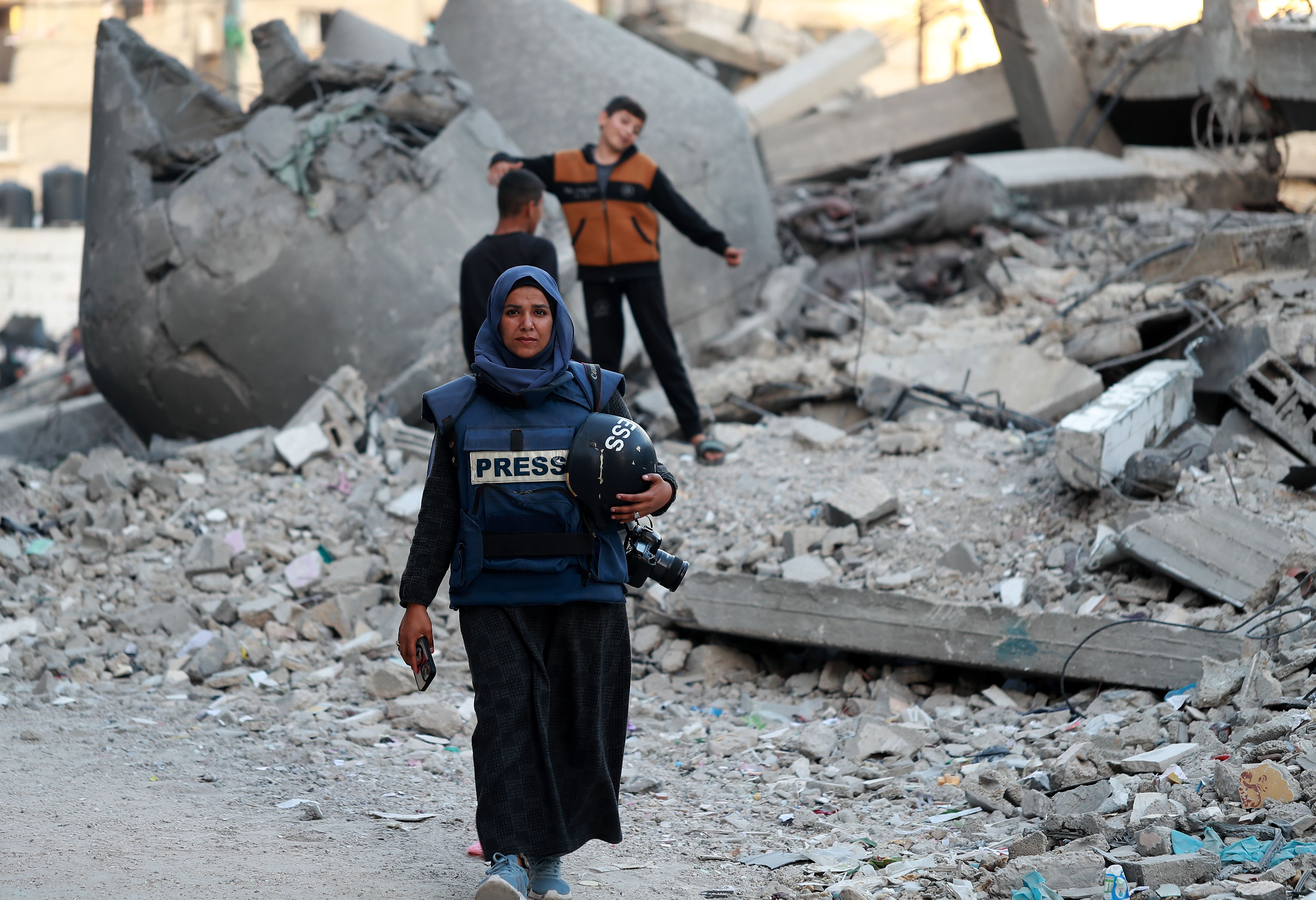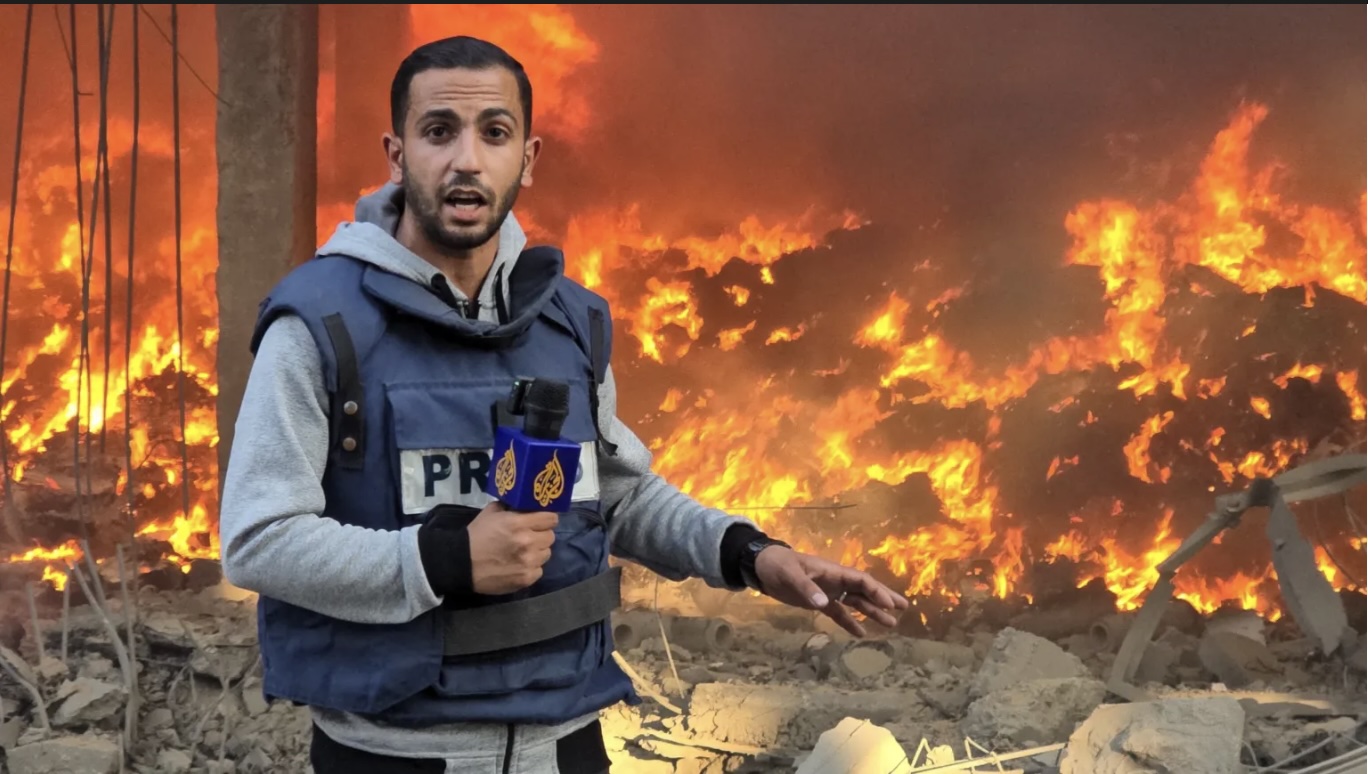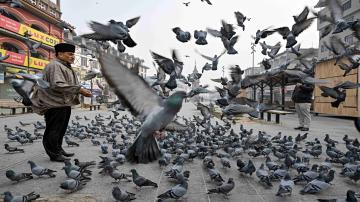Al Jazeera Journalism Review

Inside Vietnam’s Disinformation Machine and the Journalists Exposing It from Exile
Vietnam’s tightly controlled media environment relies on narrative distortion, selective omission, and propaganda to manage politically sensitive news. Exiled journalists and overseas outlets have become essential in exposing these practices, documenting forced confessions and smear campaigns, and preserving access to information that would otherwise remain hidden.
Latest Articles
Journalism in chains in Cameroon
Investigative journalists in Cameroon sometimes use treacherous means to navigate the numerous challenges that hamper the practice of their profession: the absence of the Freedom of Information Act, the criminalisation of press offenses, and the scare of the overly-broad anti-terrorism law.
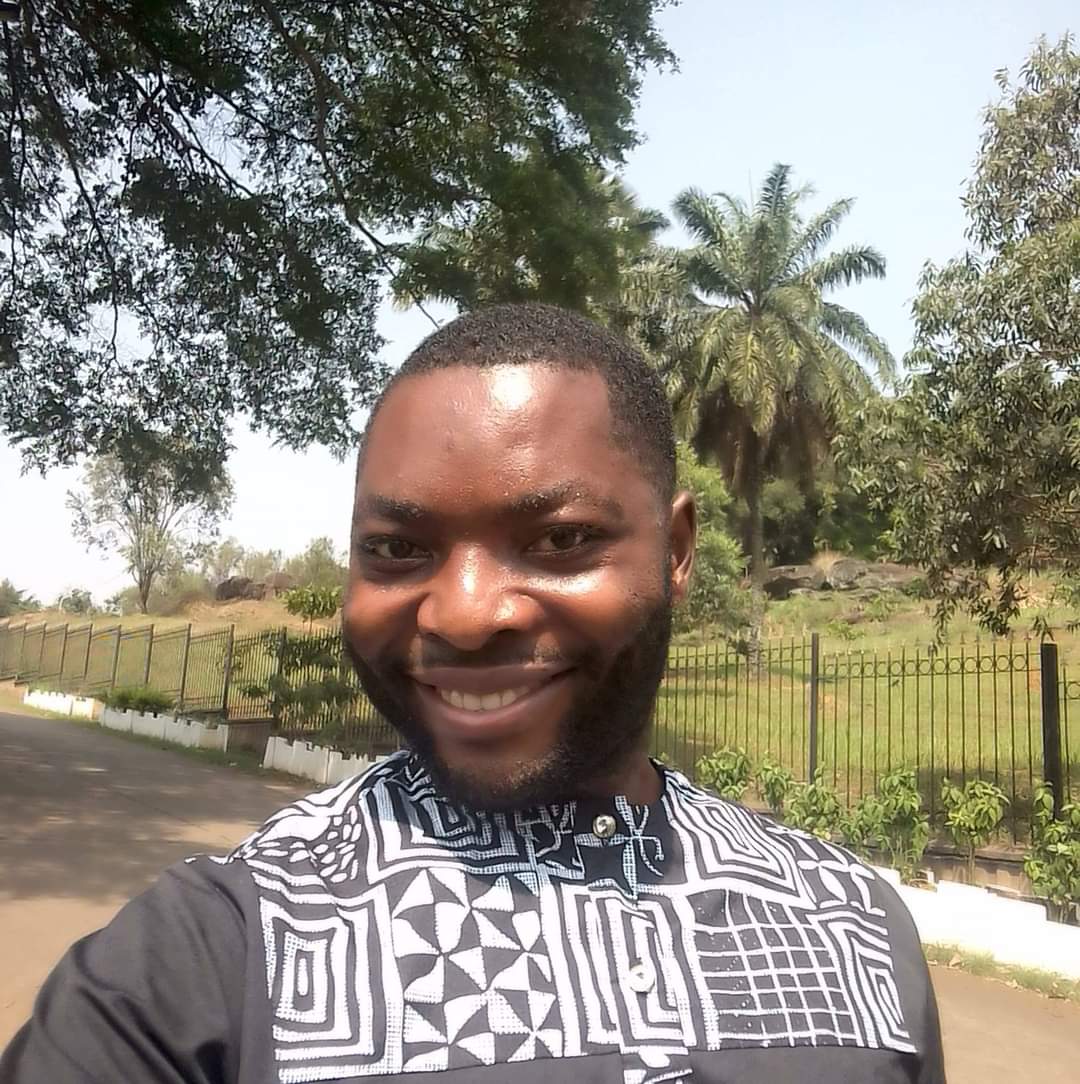
The Perils of Journalism and the Rise of Citizen Media in Southeast Asia
Southeast Asia's media landscape is grim, with low rankings for internet and press freedom across the region. While citizen journalism has risen to fill the gaps, journalists - both professional and citizen - face significant risks due to government crackdowns and the collusion between tech companies and authorities to enable censorship and surveillance.

Orientalism, Imperialism and The Western Coverage of Palestine
Western mainstream media biases and defence of the Israeli narrative are connected to orientalism, racism, and imperialism, serving the interests of Western ruling political and economic elites. However, it is being challenged by global movements aiming to shed light on the realities of the conflict and express solidarity with the Palestinian population.

Ethical Dilemmas of Photo Editing in Media: Lessons from Kate Middleton’s Photo Controversy
Photoshop—an intelligent digital tool celebrated for enhancing the visual appearance of photographs—is a double-edged sword. While it has the power to transform and refine images, it also skillfully blurs the line between reality and fiction, challenging the legitimacy of journalistic integrity and the credibility of news media.

Silenced Voices: The Battle for Free Expression Amid India’s Farmer’s Protest
The Indian government's use of legal mechanisms to suppress dissenting voices and news reports raises questions about transparency and freedom of expression. The challenges faced by independent media in India indicate a broader narrative of controlling the narrative and stifling dissenting voices.

Targeting Truth: Assault on Female Journalists in Gaza
For female journalists in Palestine, celebrating international women's rights this year must take a backseat, as they continue facing the harsh realities of conflict. March 8th will carry little celebration for them, as they grapple with the severe risks of violence, mass displacement, and the vulnerability of abandonment amidst an ongoing humanitarian crisis. Their focus remains on bearing witness to human suffering and sharing stories of resilience from the frontlines, despite the personal dangers involved in their work.

Opinion
AJR Contributor
Inside Vietnam’s Disinformation Machine and the Journalists Exposing It from Exile
Vietnam’s tightly controlled media environment relies on narrative distortion, selective omission, and propaganda to manage politically sensitive news. Exiled journalists and overseas outlets have…
Edwy Plenel
What It Means to Be an Investigative Journalist Today
A few weeks ago, Carla Bruni, wife of former French president Nicolas Sarkozy, was seen removing the Mediapart logo from view. The moment became a symbol of a major victory for investigative…
Said Oulfakir
In-Depth and Longform Journalism in the AI Era: Revival or Obsolescence?
Can artificial intelligence tools help promote and expand the reach of longform journalism, still followed by a significant audience, or will they accelerate its decline? This article examines the…
Diaries
A Sudanese Journalist in the Grip of the Rapid Support Forces
She was arrested, tortured, nearly raped, threatened with death, and subjected to degrading abuse. Her brother was brutally mistreated in an effort to locate her. In the end, her family had to pay a ransom to secure her release. She sought refuge abroad, but eventually returned to Sudan to continue documenting the war’s toll, particularly in El Fasher, a city now under siege. This is the harrowing account of a Sudanese journalist detained and tortured by the Rapid Support Forces.

Anas Al Sharif; Killed by Israel, but His Final Words Will Echo far Beyond His Death
For over a year and a half, Anas Jamal al-Sharif refused to leave northern Gaza, documenting the destruction and loss that others tried to hide. Tonight, Israel silenced his voice, but his final words, written on April 6, will echo far beyond his death.

Charged with Being a Journalist in Sudan
Between the barricades of the conflicting parties, sometimes displaced, and sometimes hiding from bullets, journalist Iman Kamal El-Din lived the experience of armed conflict in Sudan and conveyed to Al-Sahafa magazine the concerns and challenges of field coverage in a time of deception and targeting of journalists.
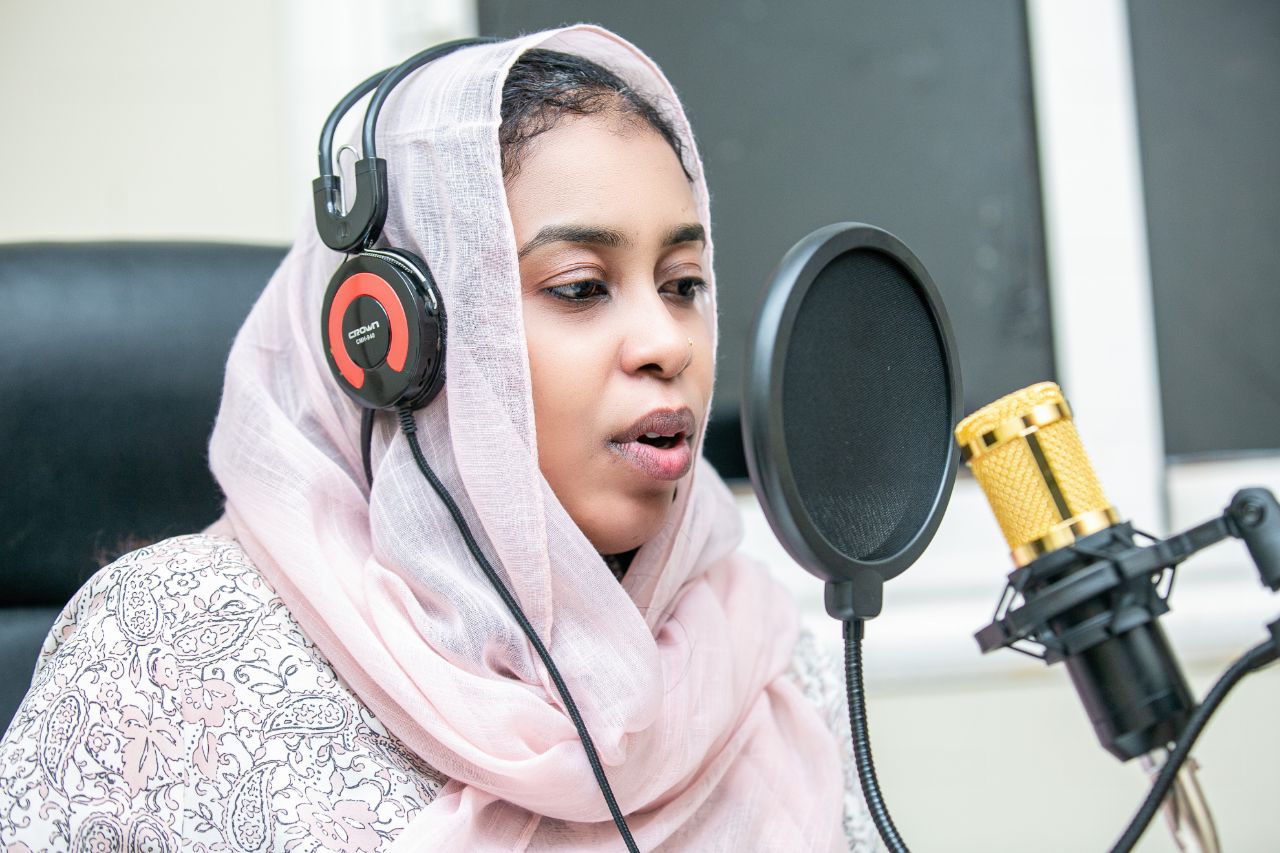
Reports
Freelancers in Kashmir Fear Losing Access as Verification Tightens
Kashmir’s new “verification drive” claims to root out impostors, yet its heavy bureaucratic demands mainly sideline the independent freelancers who still dare to report in a shrinking media landscape. But here’s the unsettling question that hangs over the Valley like fog at dawn: who really benefits when the storytellers without institutional shields are pushed out of the frame?
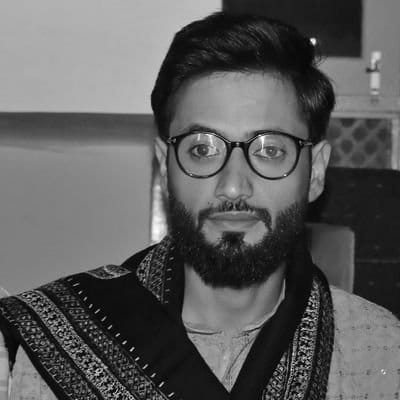
Journalists in Maldives Enter New Phase of Government-Controlled Media Repression
As journalists weigh the costs of their work against threats to their lives and families, the fight for press freedom in the Maldives enters a dangerous new chapter, one where the stakes have never been higher.

Reporting Under Fire: The Struggle of African Journalists Facing Intimidation
African journalists who expose corruption and power now face a brutal mix of arrests, torture, digital surveillance, and lawsuits meant to drain their resources and silence them. From Ethiopia, Nigeria, Malawi, Benin, Sudan, Uganda, and Kenya to exile in Canada, reporting the truth has become an act of personal survival as much as public service.

Shipwrecked Narratives: How to Keep Migration Stories Afloat
Migration stories don’t become real until you meet people in the journey: the carpenter carrying photos of his fantasy coffins, or the Libyan city worker burying the forgotten dead, or the Tatar woman watching her livelihood collapse at a militarised border. Following these surprising human threads is the only way journalism can cut through collective exhaustion and make readers confront a crisis they’ve been trained to ignore.
In-Depth and Longform Journalism in the AI Era: Revival or Obsolescence?
Can artificial intelligence tools help promote and expand the reach of longform journalism, still followed by a significant audience, or will they accelerate its decline? This article examines the leading AI tools reshaping the media landscape and explores the emerging opportunities they present for longform journalism, particularly in areas such as search and content discovery.

Zapatismo and Citizen Journalism in Chiapas, Mexico
In Chiapas, independent journalists risk their lives to document resistance, preserve Indigenous memory, and challenge state and cartel violence. From Zapatista films to grassroots radio, media becomes a weapon for dignity, truth, and survival.

